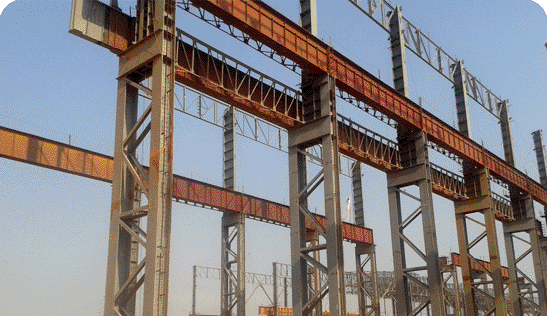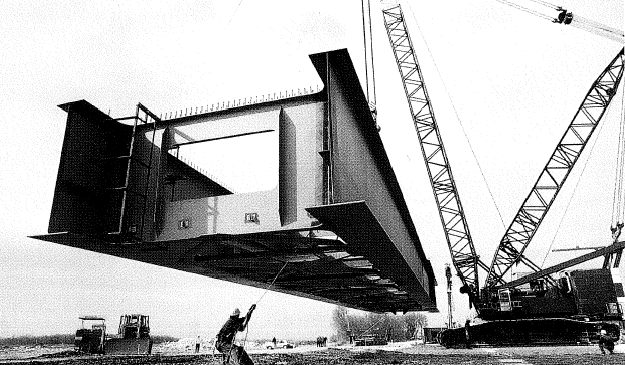Metal constructions 2, 6th semester, III ICE


Summary
The structural design should provide steel structures with the following attributes:
- Overall strength and stability under the design loads
- Serviceability under all normal loads and imposed deformations
- Integrity, ductility and robustness against abnormal loads from extreme events
- Adequate fire resistance
- Durability in various natural environments (durability = the ability of a product to maintain its required performance over a given or long time, under the influence of foreseeable actions)
- Buildability (the extent to which design of the buildings facilitates ease of construction, subject to the overall requirements of completed building)
- Operability during the design working life
- Economy: The structure should fulfill the above requirements at economic costs
- Low environmental impact over the entire life cycle
The course covers the following items:
- Classification of steel members; plate elements in compression, effective width, cross sections classification
- Elements in tension and elements in compression: configuration, strength verifications, concept of instability - stability verifications, code provisions
- Restrained and unrestrained beams in bending: type of beams, beams resistance, serviceability, elastic buckling, design approach.
- Short columns, slender columns; Non-dimensional slenderness; In plane behavior, uniaxial bending, lateral torsional buckling, out of plane buckling, biaxial bending; Code design provisions
- Types of plate girders, applications; Behavior of plated structural elements with slender web; Design of plated structural elements in bending; Actions induced by cranes machinery, runway beams
- Cold-formed steel sections, fabrication; Cold-formed steel design; Connections; Types of applications
- Plastic analysis; General; Conditions of application; Type of analysis vs. cross section class; Cyclic behavior in bending; Factors affecting the plastic resistance
- Fatigue in steel elements: High cycle fatigue; Low cycle fatigue; Fatigue curves; Connection details
Objectives
- Understanding and awareness of the role of structural robustness
- To initiate the students into the main problems related the design and verification of steel structures for civil applications. A good understanding of these problems is very important for the future graduate's career as structural engineer
- Development of engineering judgment to rely on in the conceptual design stage
Lecture notes
Applications
- Simple structural configuration, evaluation of loads, analysis
- Design and verification of a truss girder, including connections
- Design and verification of a beam in different conditions: laterally restrained, laterally unrestrained. The verification of the beam splice connection
- Design and verification of a column
- Design and verification of a thin walled cold formed purlin